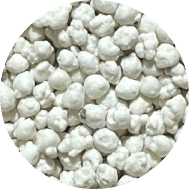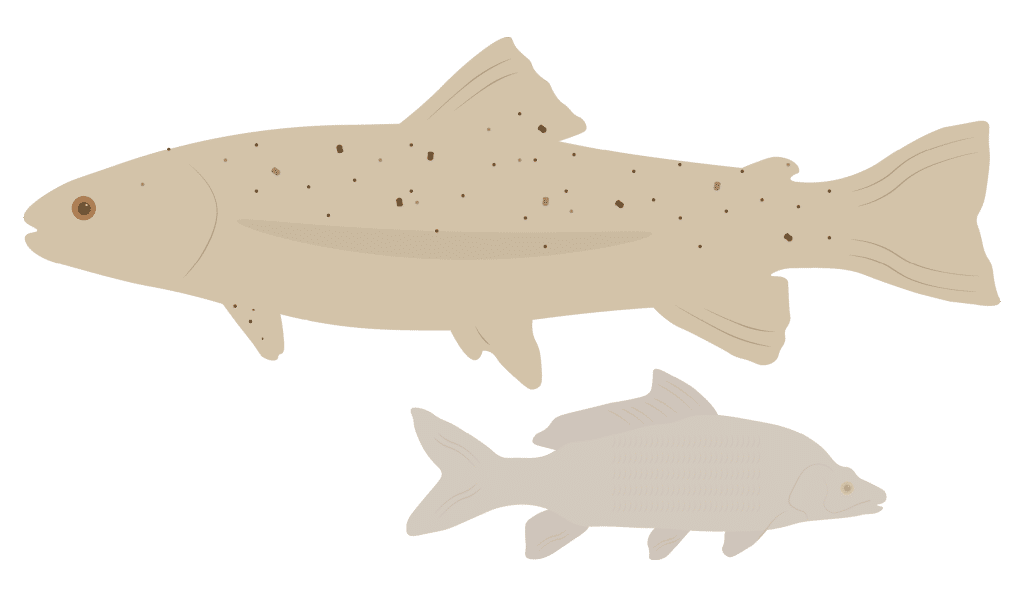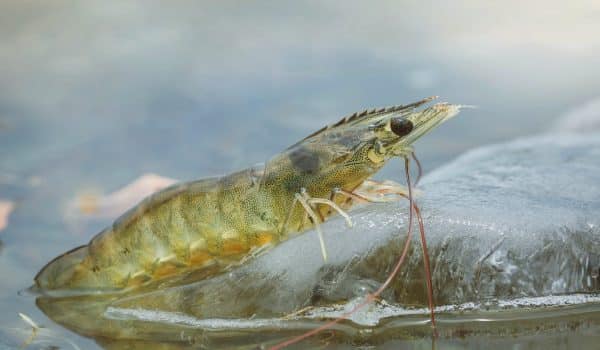Optimize your formulation

Monosodium Phosphate (MSP) was launched in 2022. It is an inorganic feed phosphate well adapted for aquaculture, with high P content (23.5%), 16% of sodium and do not contains calcium. MSP brings a phosphorus water solubility (95%) and high phosphorus digestibility in aquafeed. In trout, it has proved that MCP has a higher P digestibility (91.1%) than MCP (70.4%) (Morales et al., 2018). Lastly, MSP has acidic pH (4.6-5) and can increase no specific immune response in trout (Hossain et al., 2020).
The phosphorus (P) is one of the major macro-minerals in fish. Indeed, phosphorus (P) is a major component of nucleic acids & cell membranes (Sales et al., 2003), and it plays an essential role in the formation & maintenance of fish skeleton (Milian-Sorribes et al., 2021).
It was observed that a deficiency in phosphorus can lead to several problems like reduced growth and bone mineralization (Lall, 2002) or increased body fat (Mabroke et al., 2012). At the opposite, increasing dietary phosphorus helps to reduce vertebral deformities in triploid salmon (faster growth rate) (Prabhu, 2015).
On the other hand, P concentration in water environment and P absorption via fish gills are low (Milian-Sorribes et al., 2021).
Lastly, the use of fishmeal, the main source of phosphorus in aquafeed is more and more limited (high cost & limited availability), for the benefits of plant ingredient. But, in these ingredients, the phosphorus is mainly on phytic acid form, less available for fish.
Also, P supplementation in diet with inorganic feed phosphate (IFP) is required to cover the fish needs. Indeed, IFP have a stable and high P content. Among inorganic feed phosphate (IFP), Monosodium phosphate (MSP) has a high phosphorus content (23.5%).


Among all phosphates, several parameters can differ, such as the P digestibility, the pH, or the calcium level.Indeed, Calcium (Ca) is an important parameter to consider. it is important for the skeleton formation and maintenance, but in excess in diet, Ca can reduce the P bioavailability by complexation (Hossain & Yoshimatsu, 2014).
Moreover, Calcium (Ca) can be absorbed directly from water via gills and intestine (Kaushik, 2005). So, to bring a phosphate source without calcium can help to balance the feed formula. Monosodium phosphate (MSP) doesn’t contain calcium compared to conventional phosphates used in aquafeed like monocalcium phosphate (MCP).
The ingredient pH should be take into account in the aquafeed formulation because dietary acidifications can increase P digestibility in trout (>16%) (Sugiura et al., 2006) and shrimp (Piedad-Pascual, 1989; Lemos et al., 2021). Monosodium phosphate (MSP) has an acidic pH such as monoammonium phosphate (MAP) and thus contributes to the global acidification of the diet.
Lastly, it is essential to consider the water solubility and digestibility of phosphorus. Indeed, better are the P water solubility, better will be the P digestibility for fish. Monosodium phosphate (MSP) has a high P water solubility (95%) among the inorganic feed phosphates, which consequently leads to a high phosphorus digestibility in aquafeed. As an example, in trout, Morales et al., 2018 have proved that MSP has a high P digestibility (91.1%), close to MAP (92.9%).